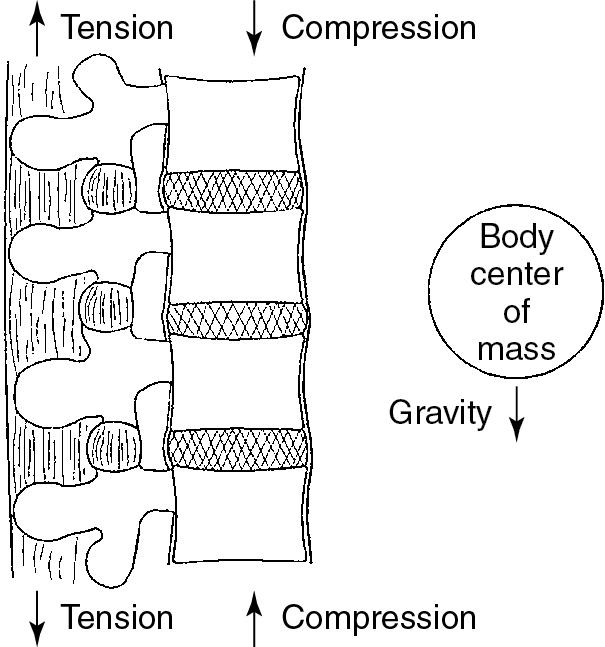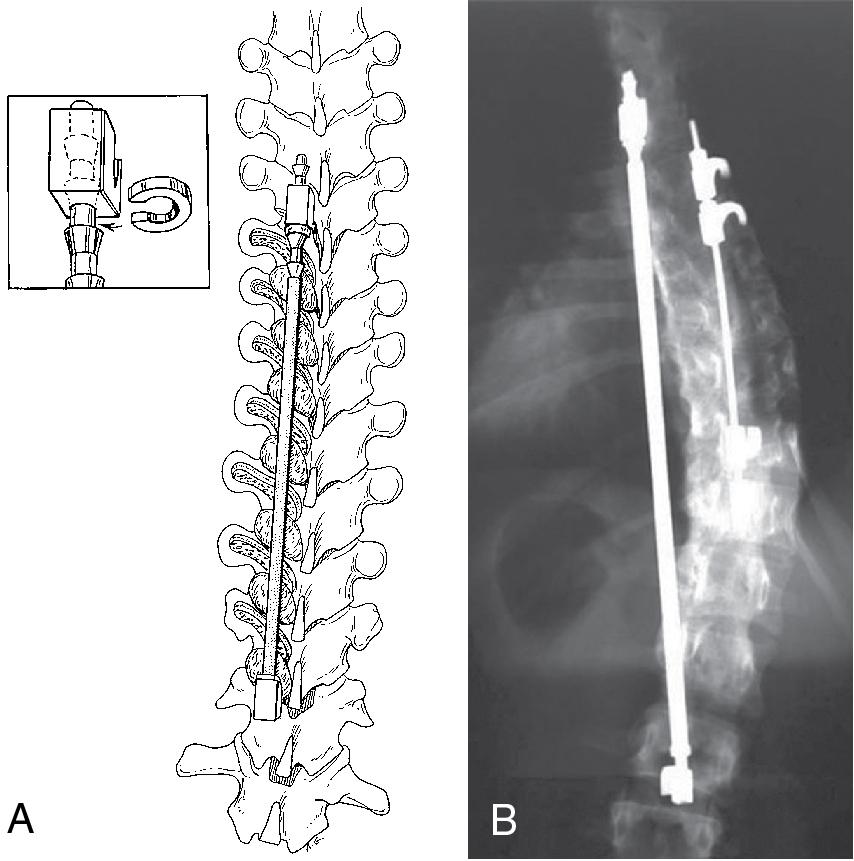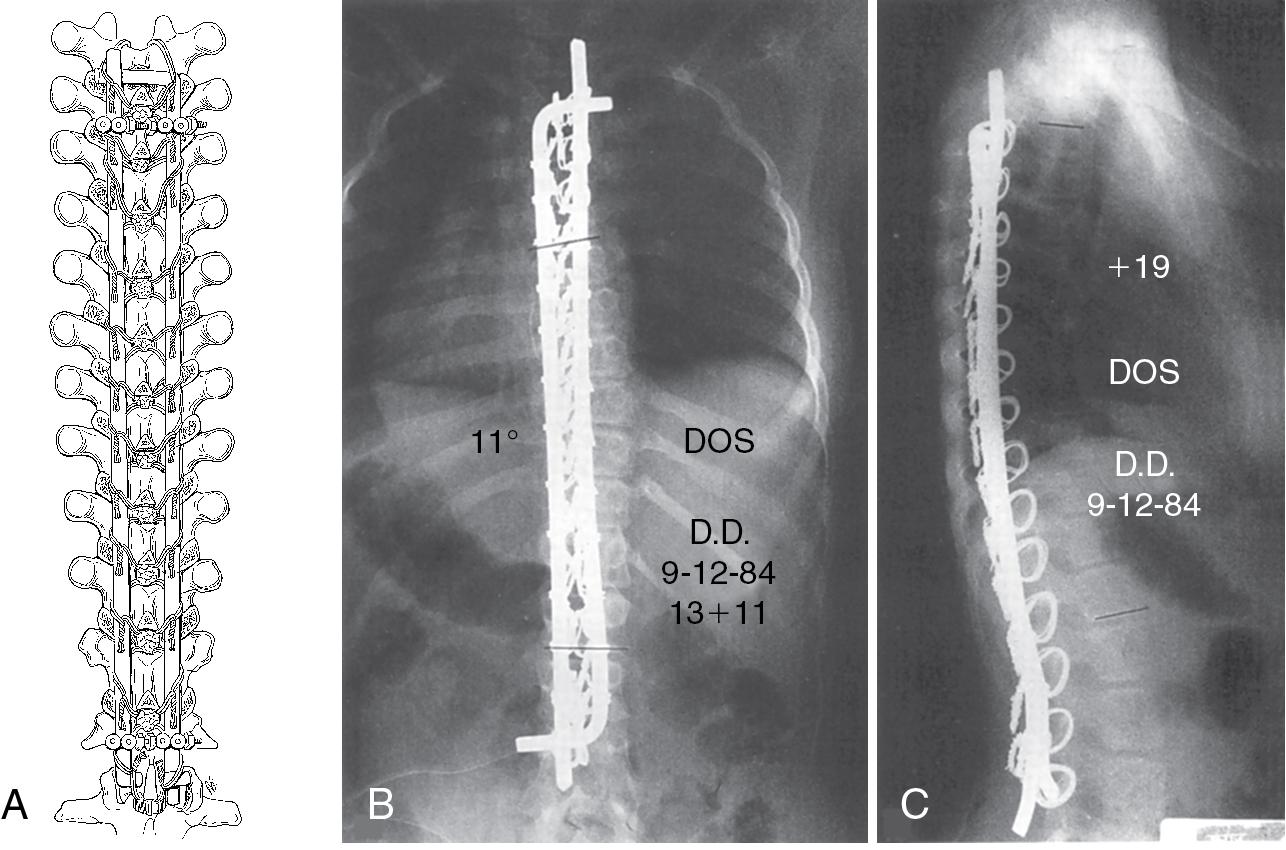Physical Address
304 North Cardinal St.
Dorchester Center, MA 02124
Enhance fusion . Spinal implants immobilize spinal segments during the fusion process and thereby increase the rate of successful arthrodesis.
Restore spinal stability . When pathologic processes (e.g., tumor, infection, fracture) compromise the integrity of the spinal column, spinal implants can restore stability.
Correct spinal deformities . Spinal instrumentation can provide correction of spinal deformities (e.g., scoliosis, kyphosis, spondylolisthesis).
Permit extensive decompression of the neural elements . Extensive spinal decompression procedures may create spinal instability. Addition of spinal instrumentation and fusion prevents development of postsurgical spinal deformities and recurrent spinal stenosis.
In the short term, stabilization of the spine is provided by spinal implants. However, in the long term, spinal implants may fail due to repetitive stress unless a spinal fusion is performed to provide long-term stability.
A tension band is a portion of a construct that is subjected to tensile stresses during loading. In the normal spine, the posterior spinal musculature maintains normal sagittal spinal alignment through application of dorsal tension forces against the intact anterior spinal column. This is termed the tension band principle . The posterior spinal musculature can function as a tension band only if the anterior spinal column is structurally intact.
Biomechanical studies have shown that in the normal lumbar spine approximately 80% of axial load is carried by the anterior spinal column and the remaining 20% is transmitted through the posterior spinal column. This relationship is termed the load-sharing concept ( Fig. 29.1 ).

Load sharing between an instrumentation construct and the vertebral column is a function of the ratio of the axial stiffness of the spinal instrumentation and the axial stiffness of the vertebral column. If the anterior spinal column is incompetent, the entire axial load must pass through the posterior spinal implant. In the absence of adequate anterior column support, normal physiologic loads exceed the strength of posterior spinal implant systems. In this situation, posterior spinal implants will fail by fatigue, permanent deformation, or implant migration through bone. Thus it is critical to reconstruct an incompetent anterior spinal column when using posterior spinal implant systems.
Harrington instrumentation, Luque instrumentation, and Cotrel-Dubousset instrumentation.
The initial instrumentation developed by Dr. Paul Harrington consisted of a single rod with ratchets on one end in combination with a single hook at each end of the rod. Distraction forces were applied to obtain and maintain correction of spinal deformities. This system was introduced in 1960 in Texas for treatment of postpolio scoliosis and was utilized to treat various spinal problems, including idiopathic scoliosis, for more than 25 years. Shortcomings of this system included the need for postoperative immobilization to prevent hook dislodgement and the inability to correct and maintain sagittal plane alignment. Various modifications were introduced to address these problems, including square-ended hooks, use of compression hooks along a convex rod, and use of supplemental wire fixation ( Fig. 29.2 ).

In the 1980s, Dr. Edwardo Luque from Mexico introduced a system that provided segmental fixation consisting of wires placed beneath the lamina at multiple spinal levels. Wires were tightened around rods placed along both sides of the lamina. Corrective forces were distributed over multiple levels, thereby decreasing the risk of fixation failure. The increased stability provided by this construct eliminated the need for postoperative braces or casts. The ability to translate the spine to a precontoured rod provided improved control of sagittal plane alignment compared with Harrington instrumentation ( Fig. 29.3 ).

Become a Clinical Tree membership for Full access and enjoy Unlimited articles
If you are a member. Log in here